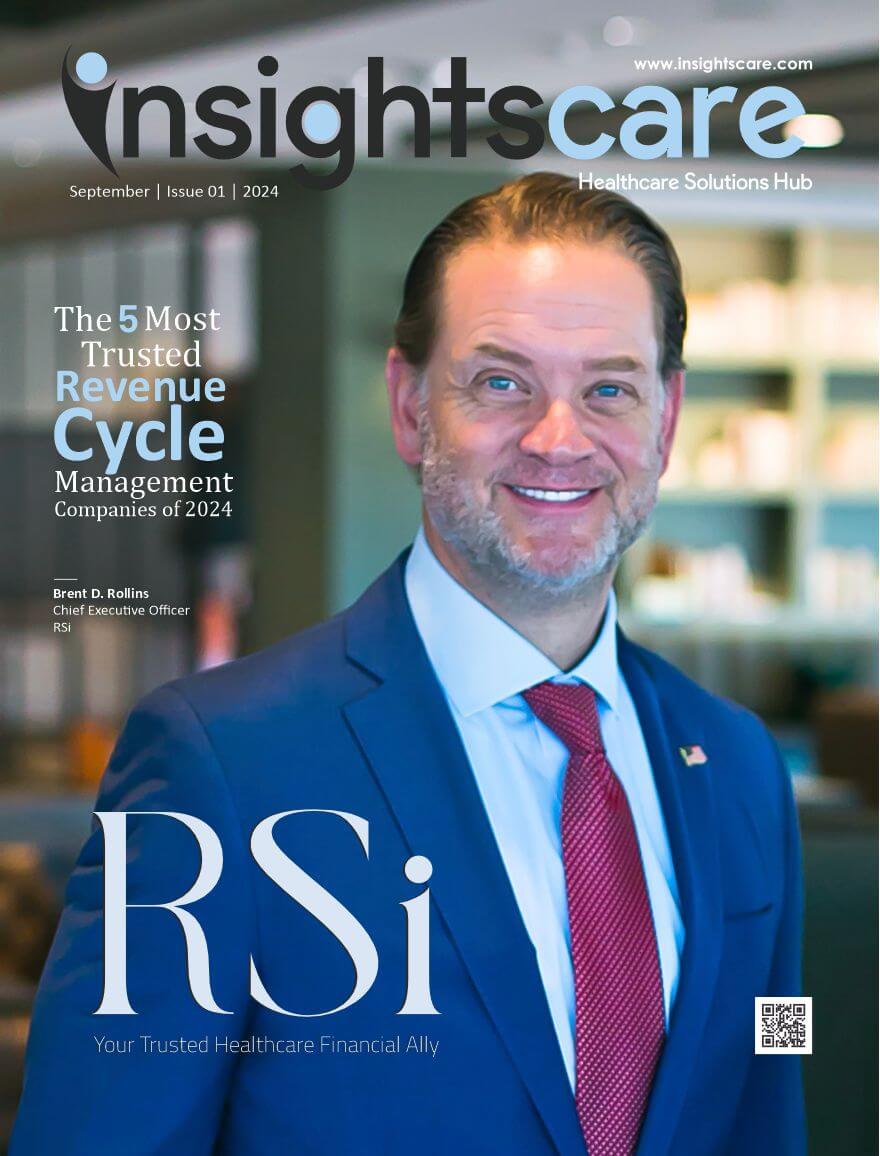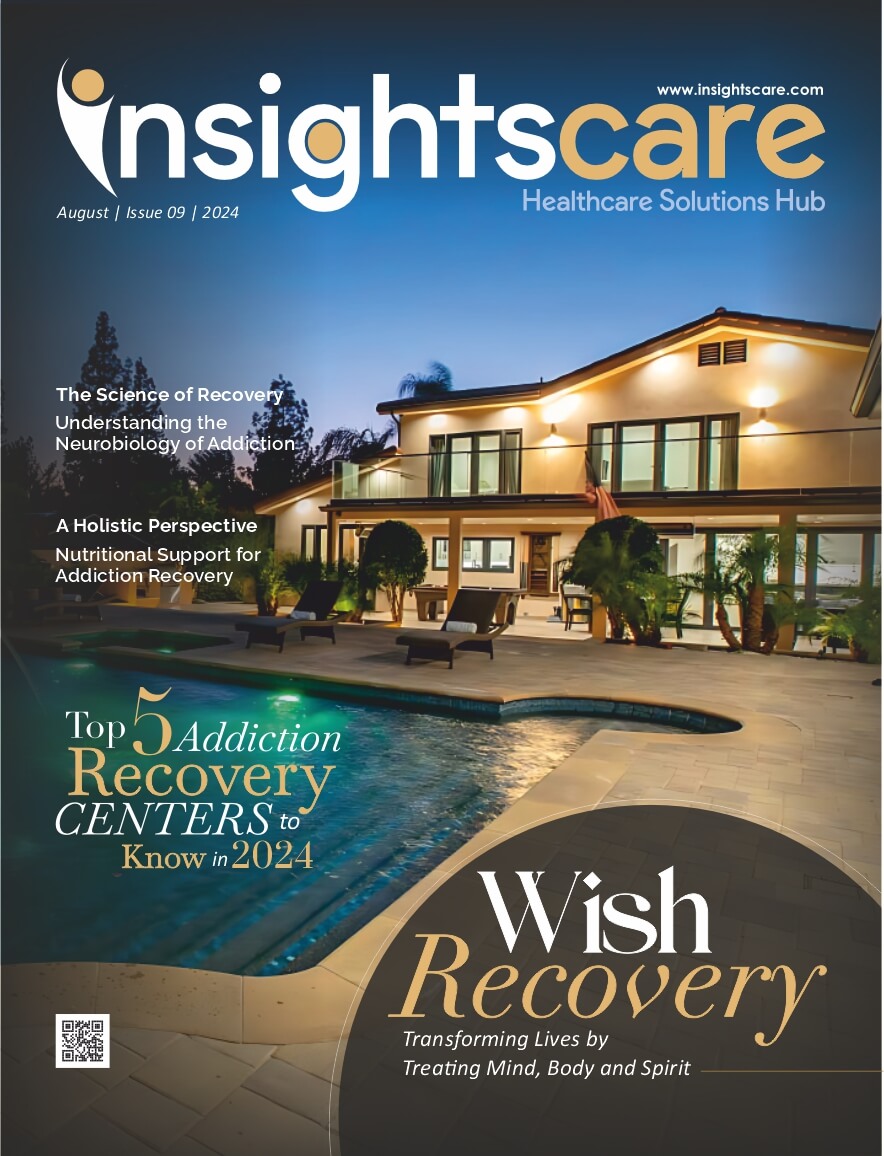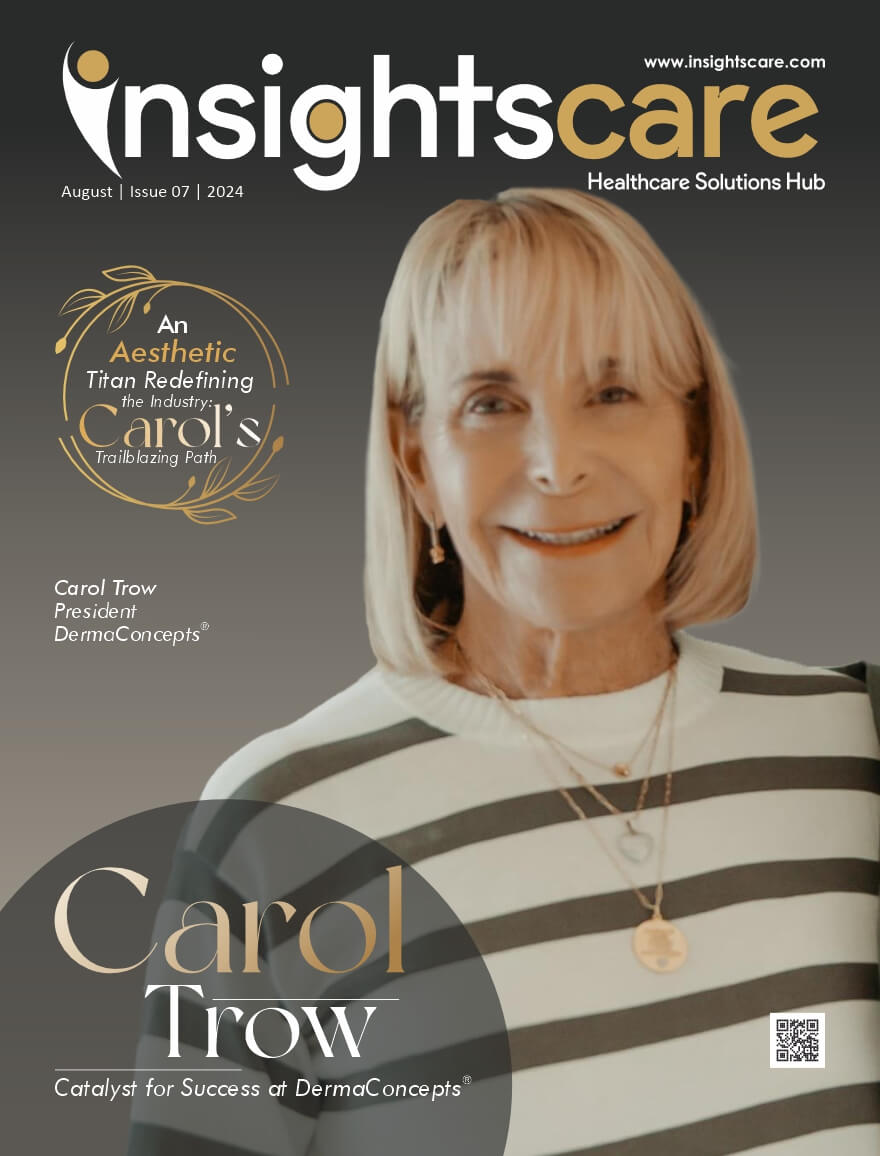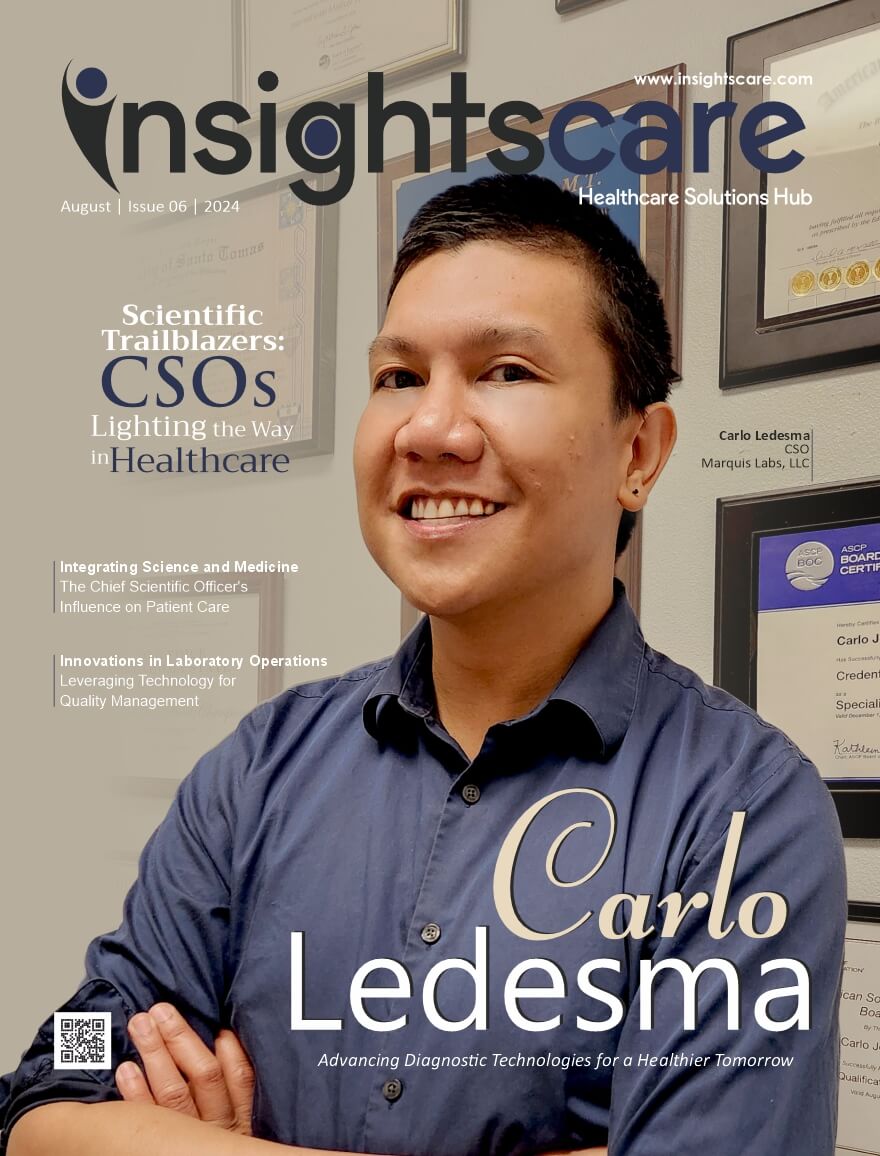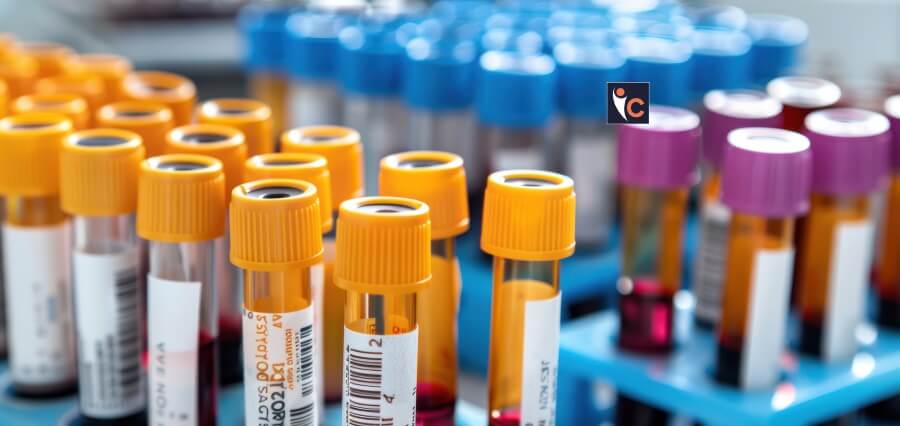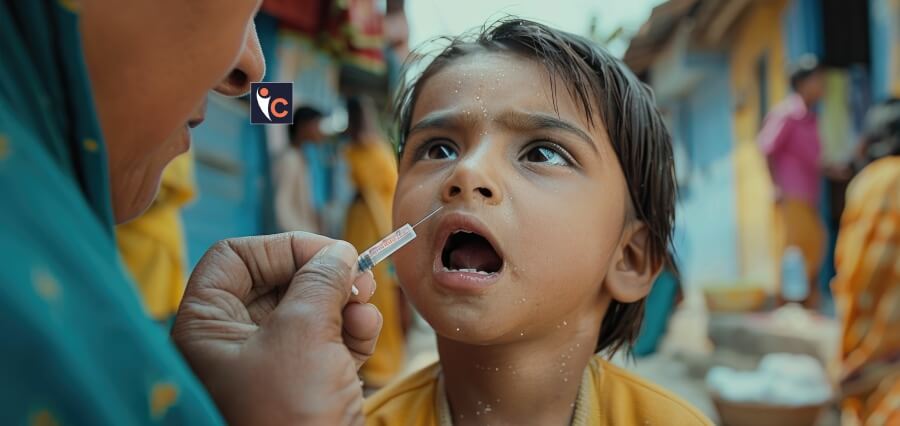Treatment for Resistant Cancer
For the first time, a new gene editing technique known as base editing was used to successfully treat a teen with treatment-resistant leukemia. Alyssa, 13, was in remission a month later and is still doing well several months later.
The therapy is a variant of chimeric antigen receptor (CAR) T-cell therapy. Instead of using the CRISPR gene editing technique to modify the patient’s immune cells, the clinician altered donor immune cells using the more precise base editing technique.
According to a news release from University College London, the edited cells are given to the patient to “rapidly find and destroy T-cells in the body, including leukemic T-cells.”
According to CNN, Dr. Otis Brawley, an oncology professor at Johns Hopkins University, the potential of base editing could be expanded to other diseases.
The development was described as a “scientific layup” by Brawley, the former chief medical and scientific officer of the American Cancer Society.
“That technology will help us in a variety of other diseases.” CRISPR, for example, has already been used to treat sickle cell anemia. Brawley, who was not involved in the new research said, “We may very well be able to use this gene editing to cure sickle cell anemia even easier, better, and less expensively.” For the time being, he is cautiously optimistic and would like to see more treatments with this therapy before declaring success.
Alyssa’s Fight for Life
Alyssa’s life has been transformed by base editing. In 2021, a UK teen was diagnosed with T-cell acute lymphoblastic leukemia or T-ALL. Acute lymphoblastic leukemia (T-ALL) is one of the most common pediatric cancer, accounting for 10% to 15% of all cases.
Alyssa’s cancer returned despite chemotherapy and a bone marrow transplant, leaving palliative care as her only treatment option. She was admitted to the Great Ormond Street Hospital for Children in London in May to become the world’s first recipient of the base edited immune cells.
She was later put in remission about a month after the treatment and received a second bone marrow transplant to rebuild her immune system. She is still doing well six months after her transplant. She stated unequivocally that she would try the experimental therapy.
In a hospital news release, she said, “Of course, I’m going to do it because once I do it, people will know what they need to do, one way or another.”
Global Awareness
The findings of Alyssa’s case were presented at the annual meeting of the American Society of Hematology, and the team at Great Ormond Street hopes to enroll at least ten more patients to trial the therapy.
Base editing is a more precise gene-editing technique than CRISPR, with fewer risks of unwanted chromosomal effects and thus a lower risk of side effects.
Researchers at Great Ormond Street Hospital and University College London used base editing to remove two gene markers from healthy donor T-cells, preventing the modified cells from being destroyed by the patient’s immune system or chemotherapy drugs.
Words of Experts
Waseem Qasim, a professor of cell and gene therapy at University College London who led the program that produced Alyssa’s donor cells, said in a statement, “It’s our most sophisticated cell engineering to date, paving the way for other new treatments and, ultimately, better futures for sick children.”
Dr. Robert Chiesa, a consultant in bone marrow transplant and CAR T-cell therapy at Great Ormond Street mentioned, “This is quite remarkable, although it is still a preliminary result that needs to be monitored and confirmed over the next few months.”
Read More News: Click Here

